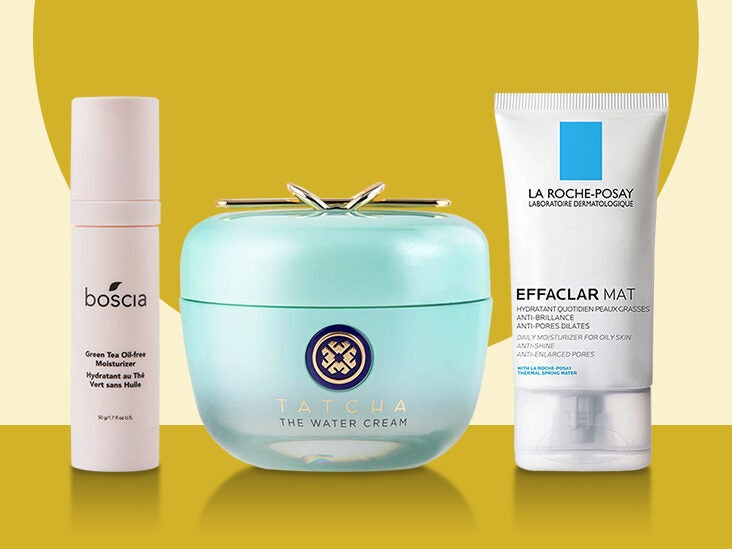is sodium hydroxide bad in skin care
Sodium hydroxide is present in many cosmetics in a low concentration often 5 percent or less. Sodium hydroxide for example is a necessity in every soap even handmade soaps.
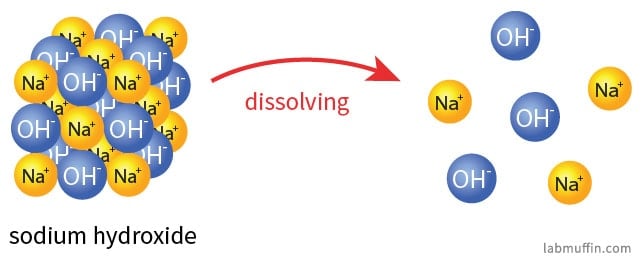
Is Sodium Hydroxide Safe In Beauty Products Lab Muffin Beauty Science
In todays world where buzzwords like natural and organic are the new marketing wave the idea of chemicals in your soap as a bad thing can be misleading.
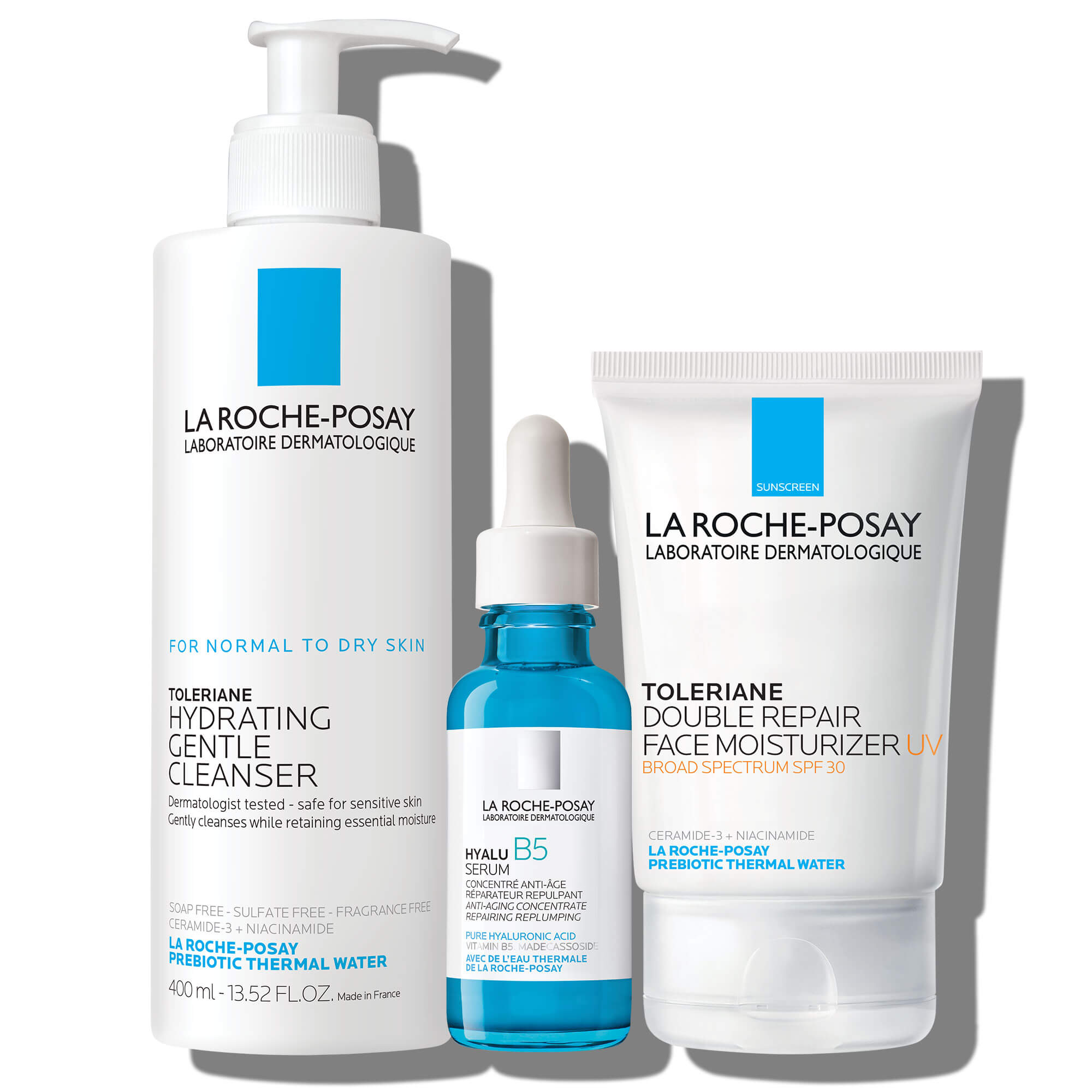
. Contact with the eye may produce pain and irritation and in. Concentrated sodium hydroxide is a strong irritant and corrosive to the skin eyes respiratory tract and gastrointestinal system if ingested. Use restrictions high Non-reproductive organ system toxicity moderate and Irritation skin eyes or lungs low denaturant ph adjuster and buffering.
Proceed with caution when trying new ingredients or. When it is used to make soap it chemically reacts with the fats until the fats are fully saponified. It is considered safe to use for all skin types.
Your skincare routine is only as reliable as the ingredients you use. These are the exact same as those found in table salt in seawater and even in your own sweat. How to avoid lye.
In studies using rabbits application to the skin of a 5 solution caused severe necrosis after 4 hours. Sodium hydroxide is extremely caustic and may cause skin and eye irritation or respiratory issues if inhaled. This is for information only and not for use in the treatment or management of an actual poison exposure.
However it is possible sodium chloride can irritate the skin. Sodium chloride likely will not irritate the skin. It is also known as lye and caustic soda.
Sodium chloride more commonly known as table salt is not a skincare ingredient that you may expect to see in your product but sodium chloride functions as a binder oral care agent gentle abrasive thickener and preservative in a variety of cosmetics and skincare products. If there isnt ebough fat there will some left over sodium hydroxide in the soap which may cause skin burns. Recommended Products with Sodium Hydroxide.
My friend had an accident yesterday. Sodium Hydroxide can affect you when inhaled and by passing through the skin. Sodium hydroxide skin exposure causes redness pain serious skin burns and blisters.
According to the US. Sodium hydroxide isnt necessarily bad it depends on how its used. Sodium hydroxide poisoning.
Pain and irritation are evident within 3 minutes but contact with dilute solutions may not cause symptoms for several hours. She works in a small soap factory and her colleague accidentally spilled sodium hydroxide to her legs. Sodium Hydroxide is a HIGHLY CORROSIVE CHEMICAL and contact can severely irritate and burn the skin and eyes with possible eye damage.
Avoid contact with eyes. Skin care products and suntan products. In its purest form the chemical looks like small pellets or flakes that easily absorb carbon dioxide from the air.
This topic is answered by a medical expert. How To Make Your Own Shea Butter Skin Care. This results in separate sodium ions and hydroxide ions.
This article discusses poisoning from touching breathing in inhaling or swallowing sodium hydroxide. Fun fact - if you get un-neutralized NaOH on your skin it will react with the fats and oils in your skin and cause them to undergo saponification. The properties of the chemical make it perfect for manufactured cleaning products water purification and some paper products.
It goes without saying that wearing protective safety gear is a must. If there are only 35 drops why is it on the label. Sodium hydroxide is a very strong chemical.
Everyones skin is different and can respond differently to specific ingredients. I was sent into a room untrained n no proper Ppe n got a bad burn. Sodium Hydroxide is a highly caustic and reactive inorganic base.
Sodium hydroxide is a pH balancer used in a wide range of beauty and skin care items like cleansers soaps makeup and creams or lotions. Sodium Hydroxide sometimes known as lye is a chemical compound that is alkaline in nature. Solutions 30 are highly corrosive to skin.
In its pure form sodium hydroxide is extremely harmful. Inhaling Sodium Hydroxide can irritate the lungs. Contact can irritate the mouth nose and throat.
As previously mentioned sodium hydroxide or lye is highly corrosive and can burn the skin. Sodium ions are relatively nonthreatening. And on the off chance that someone does have a reaction to the sodium hydroxide in skincare it will cause effects more along the lines of dryness or redness not a medically serious burn.
But it is possible to make soap without it. If so it can cause severe inflammation with irritation pain and tears. Sodium hydroxide NaOH is used in hair products especially ones that serve as straightening treatments to adjust pH or the acidity.
Other studies acknowledge Sodium Hydroxide as a strong irritant that is corrosive to the skin eyes and respiratory tract but that the severity of the effects are related directly to concentration and pH levels as well as the length of exposure and skin type. Sodium hydroxide as a pH adjuster is saving you from at best having very itchy skin to at worst suffering damage as result of the initial very low pH of around 23. Sodium hydroxide liquid causes second or third degree burns after short contact.
This is because sodium hydroxide when dissolved in water breaks up or dissociates. So that slimy feeling one feels after having an exposure - yup thats your skin breaking down into soap. So when it comes to sodium ions in skincare theres not too much to worry about.
Pain and irritation are evident within 3 minutes but contact with dilute solutions may not cause symptoms for several hours. As Rossi and Zeichner both underscore sodium hydroxide is absolutely considered safe to use in beauty products. Skin contact with sodium hydroxide can cause severe burns with deep ulcerations.
Environmental Working Group EWG sodium hydroxide in personal care products is not linked to cancer. But NaOH can actually damage your hair when used at high concentrations and at high pH. The severity of effects caused by sodium hydroxide is a function of the concentration the pH the length of tissue contact time and local conditions and skin type.
Powdered form of Sodium silicate can cause severe skin burns and the degree of burns depends on the extent of exposure. Sodium chloride is an ionic compound with the chemical formula NaCl. The CDC reports that Skin contact with sodium hydroxide can cause severe burns with deep ulcerations.
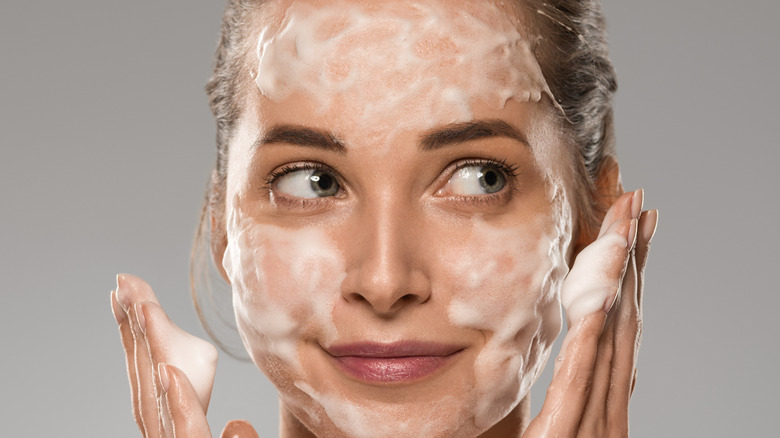
What Does Sodium Hydroxide Do For Your Skin

Pdf Caustic Skin Burn Caused By Sodium Hydroxide
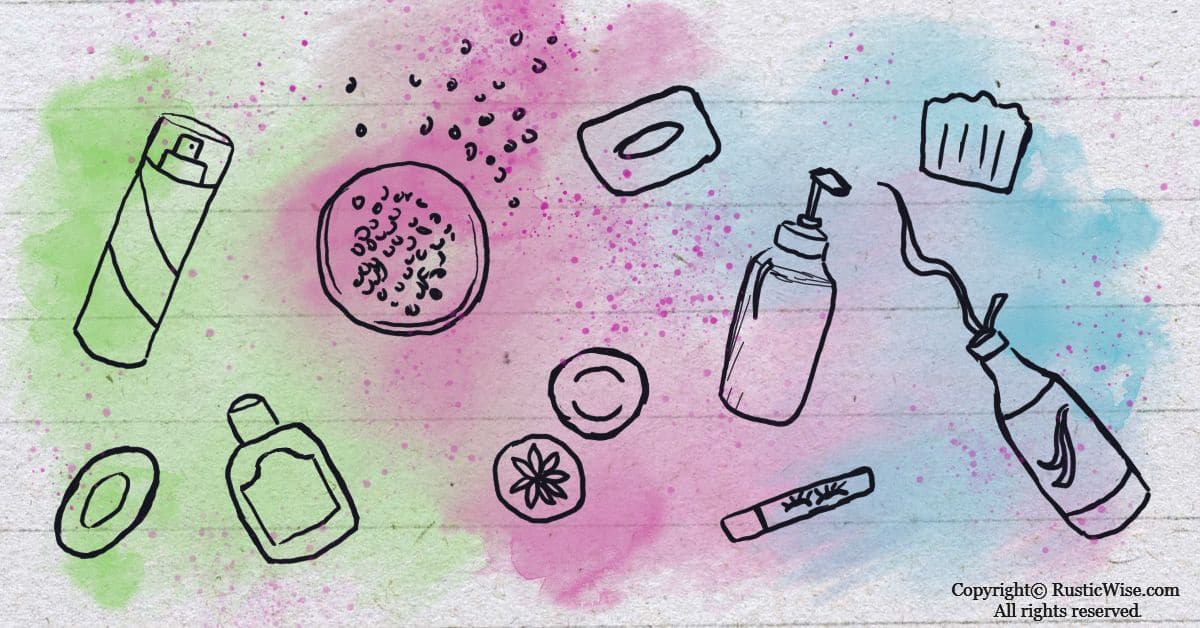
Is Sodium Hydroxide Safe To Use In Soap And Cosmetics Rusticwise

Dry Skin Routine Set La Roche Posay
Back To Basics Lye Safety Guide Soap Queen

Is Sodium Hydroxide Safe In Beauty Products Lab Muffin Beauty Science
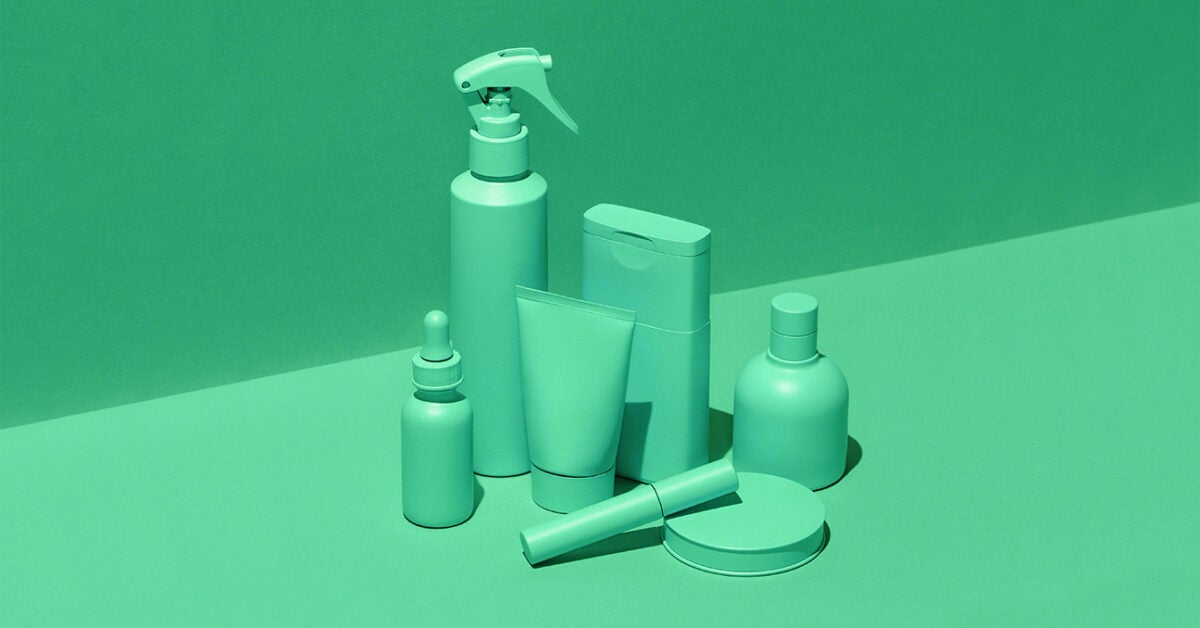
Sodium Hydroxide Skin Care Soaps Safety And Side Effects

Non Toxic Beauty Guide Avoid This Toxic Ingredient

Is Sodium Hydroxide Safe In Beauty Products Lab Muffin Beauty Science

Sodium Hydroxide In Skin Care Is It Safe

Skin And Body Care Queen On Instagram Kyemkollections Where You Get Products That Are Filled With Safe And Skin Loving Ingredients T Body Care Skin Bar Body

Sodium Hydroxide In Skin Care Is It Safe

Sodium Hydroxide In Skin Care Is It Safe

Sodium Hydroxide Skin Care Soaps Safety And Side Effects

Is Sodium Hydroxide Safe In Beauty Products Lab Muffin Beauty Science
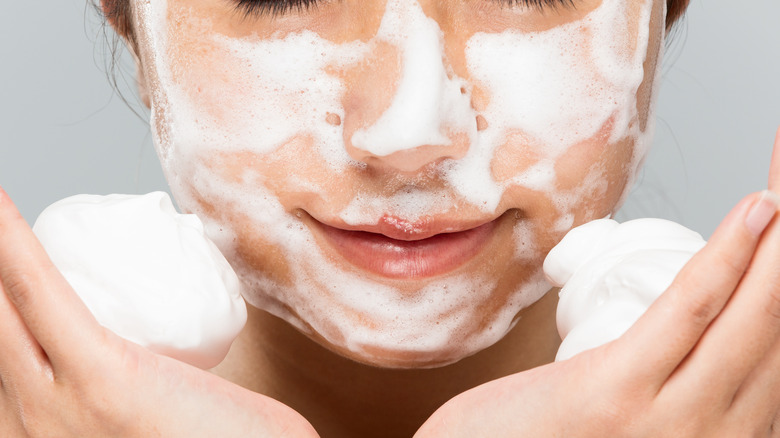
What Does Sodium Hydroxide Do For Your Skin
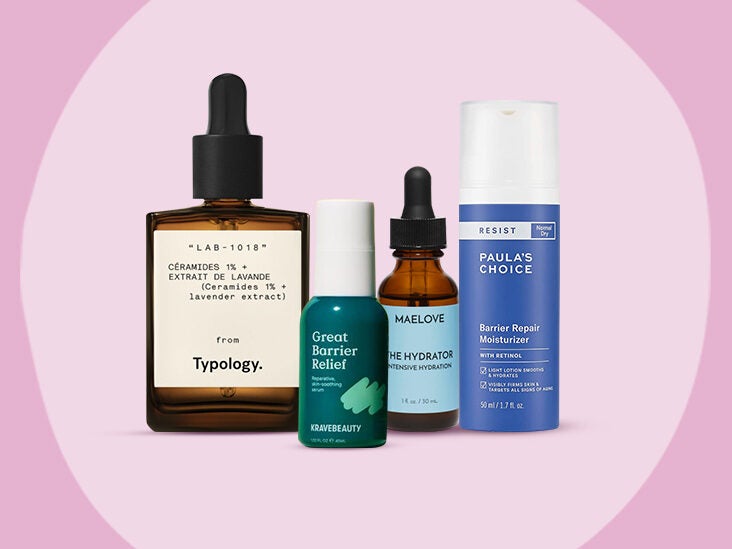
Sodium Hydroxide In Skin Care Is It Safe

